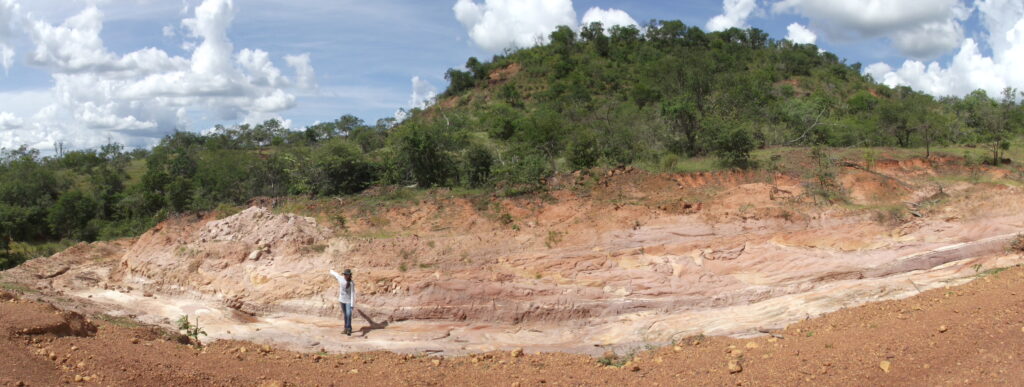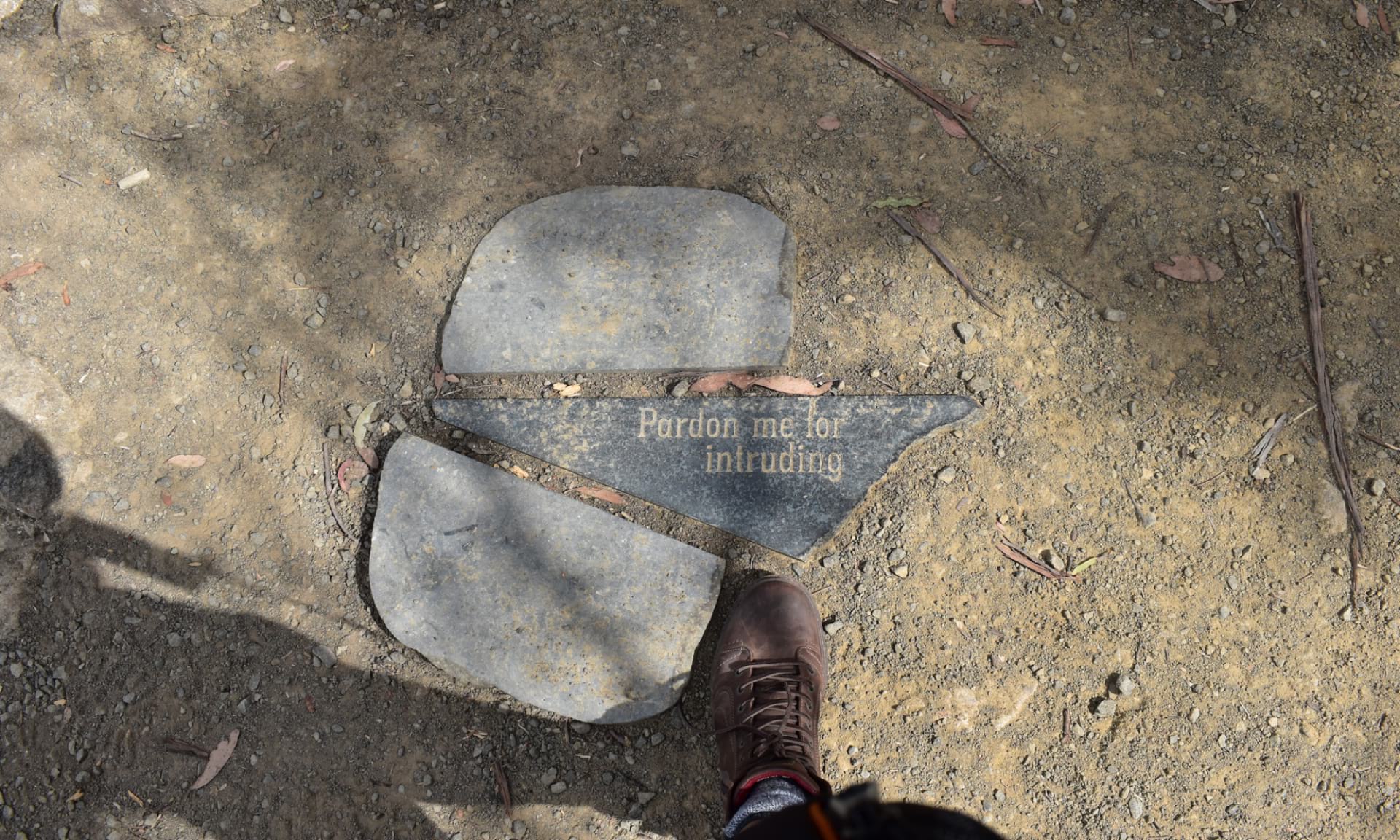From mapping the structural geology outcropping in arid parts of Brazil, installing seismometers in the Australian Outback, to deploying OBS’s on remote parts of the Southern Ocean! That is what is like to be an Earth scientist 😀 I love being a geophysicist & wish the younger generation from all over the world feel inspired to join Earth sciences too!
Cheers from the land Down Under!
My first time installing seismometers was in the Northern Territory (AUS), in 2018. Crossing creeks on an ATV jeep as well as carrying the equipment throughout the bush was heaps of fun! We aimed to install 16 stations in a spiral array configuration for diverse purposes. You can find a bit more about this project here.
>> Installing seismometers in the Outback >>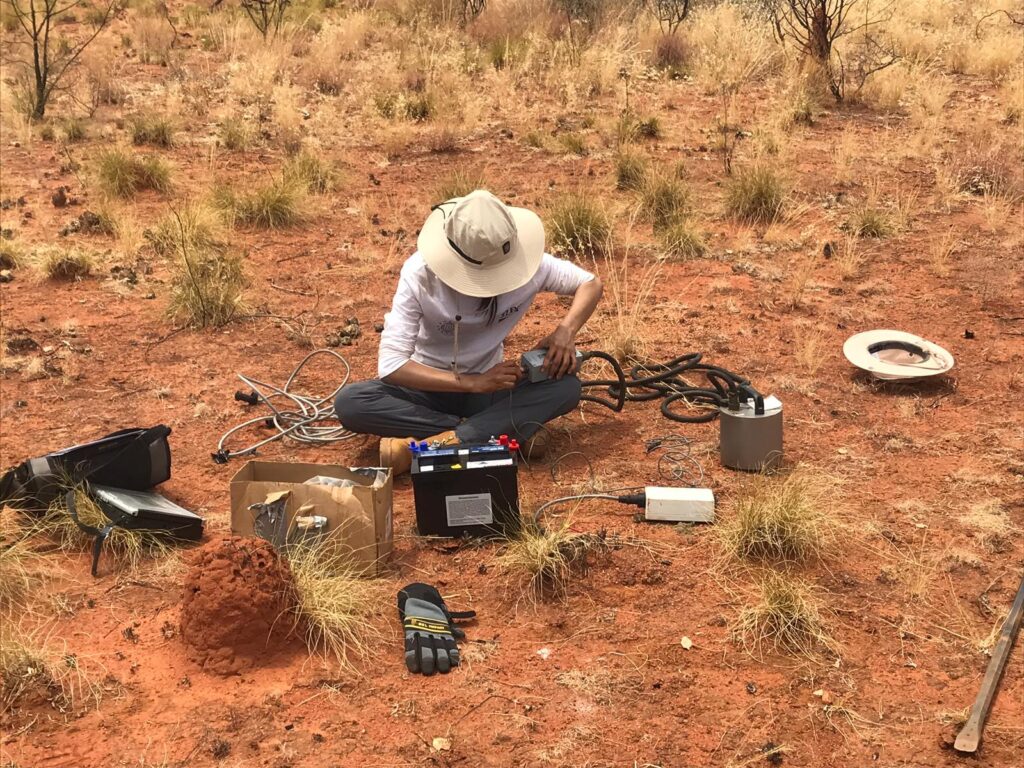
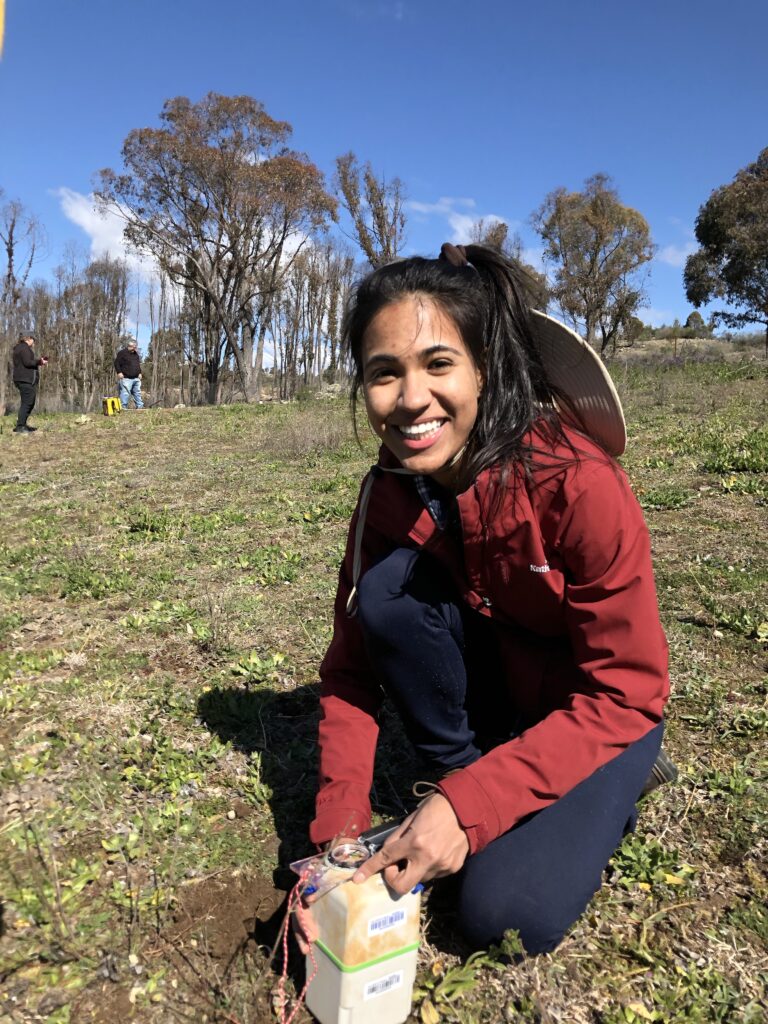
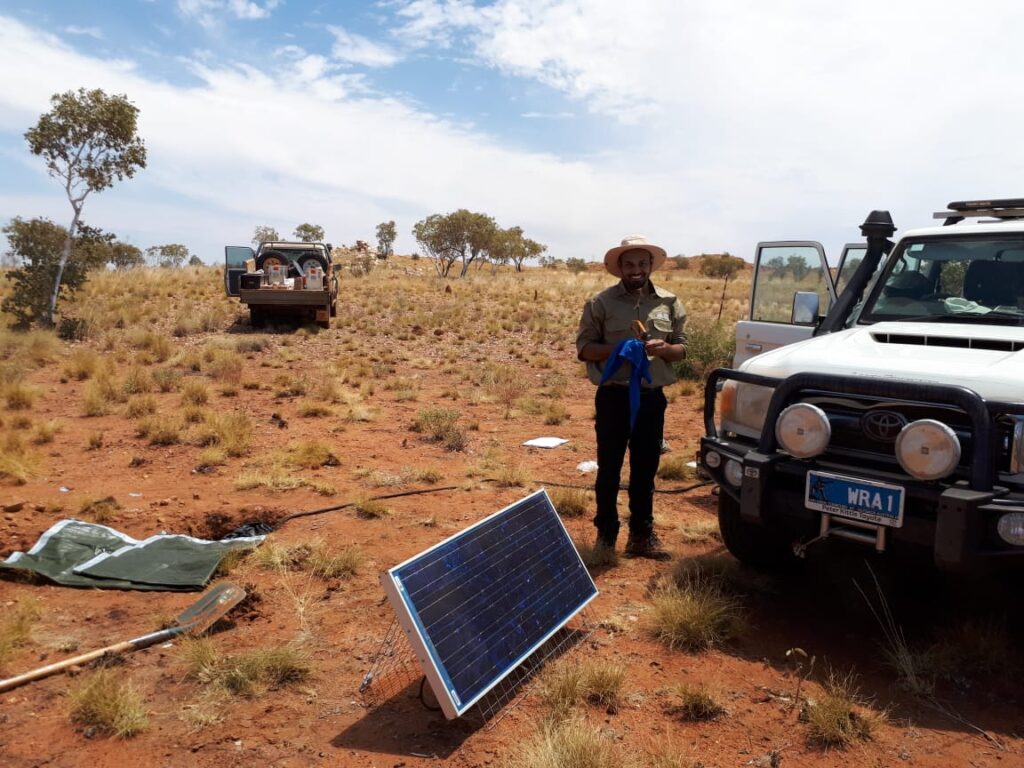

Installing OBS (Ocean Bottom Seismometers) on the Macquarie Ridge Complex
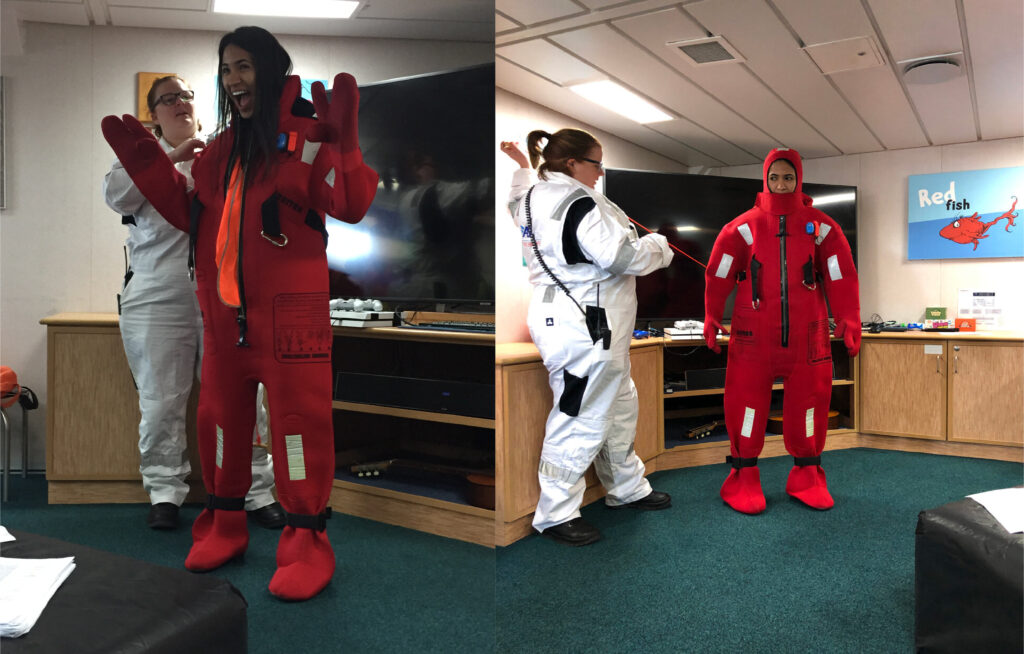
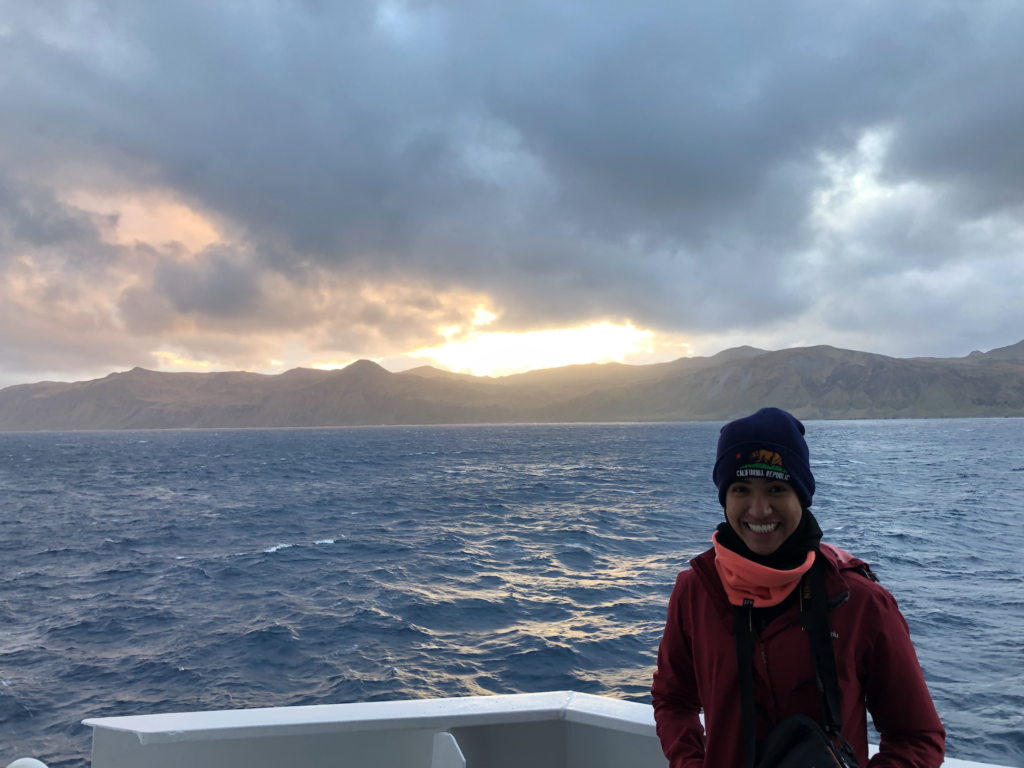
Mapping brittle and ductile geological features outcropping in the northern region of Brazil.
